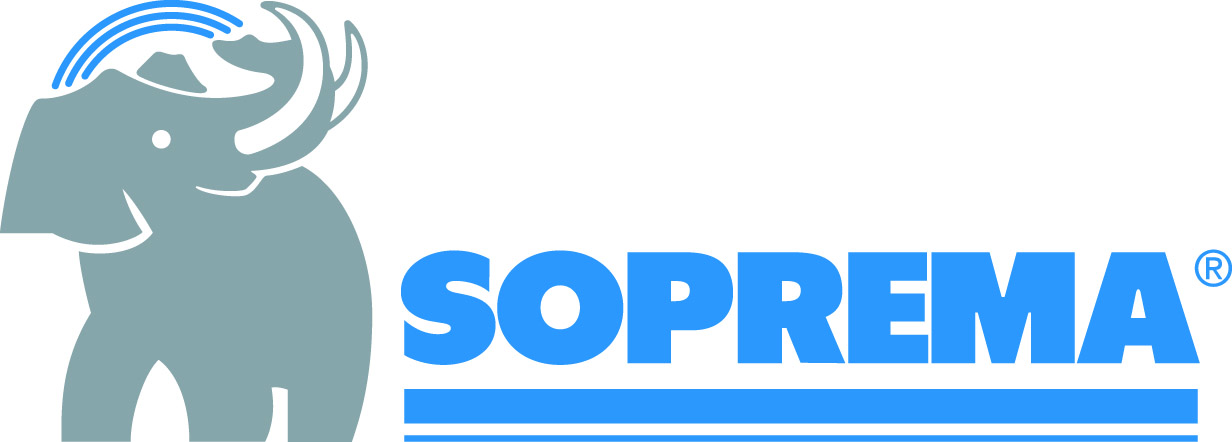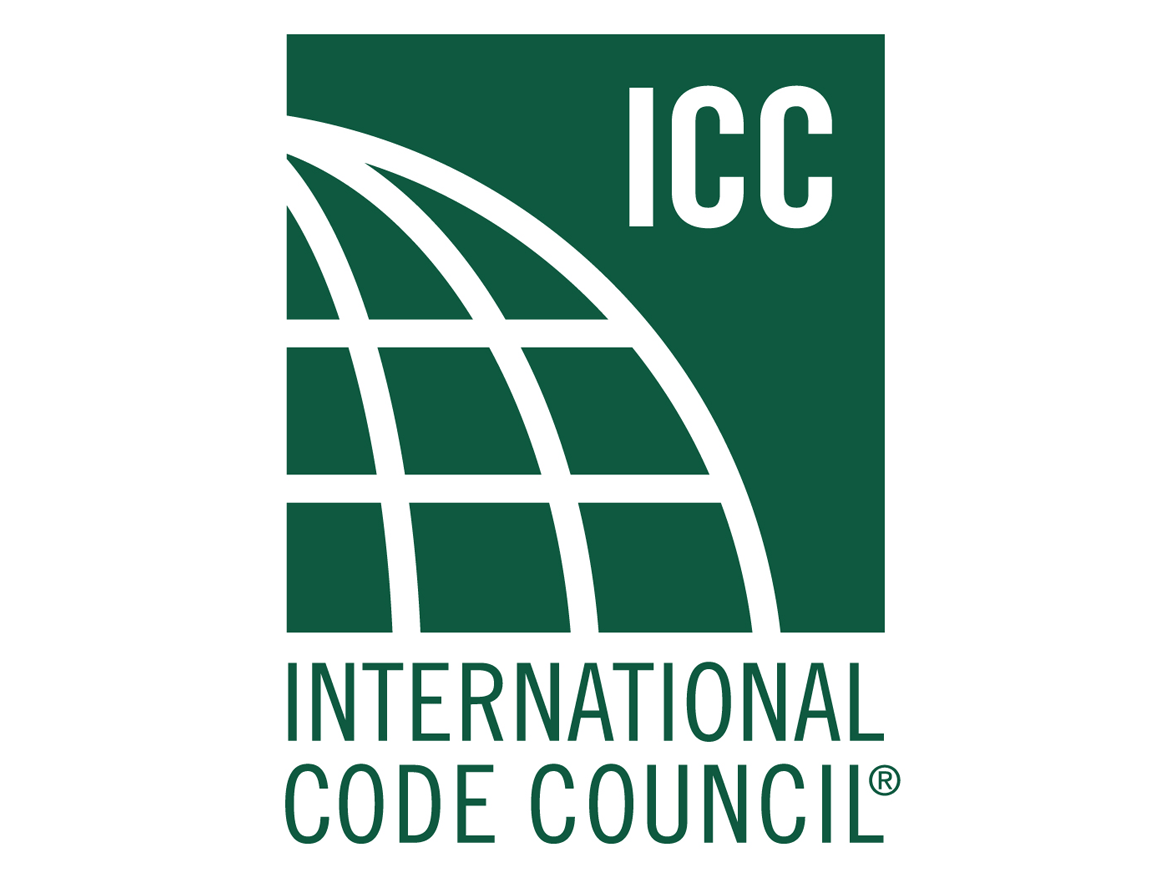Proper Wind Design of Roof Systems
The Winds of Change: High Winds, Hurricanes, and Tornados
Sponsored by SOPREMA, Inc. | Presented by Mark S. Graham
Webinar On-Demand
Check out the podcast interview with our upcoming webinar presenter, Mark Graham.
Mark S. Graham, NRCA's vice president, technical services, will provide a basic overview of proper wind design of roof systems and discuss ASCE 7-22's new tornado wind load provisions, which apply over a large region of the U.S. An example will be provided showing how tornado loads can exceed conventional wind loads.

Photo courtesy of sergei scherbak / iStock / Getty Images Plus via Getty Images
 |
Mark S. Graham is the Vice President of Technical Services for the National Roofing Contractors Association (NRCA) in Rosemont, Illinois. Graham joined the NRCA in 1993. His responsibilities include developing and implementing the association's technical positions, responding to inquiries for technical assistance, serving as the association's liaison with outside organizations, and developing and maintaining the association's technical publications, including The NRCA Roofing Manual. Graham is also a regular contributor to NRCA's Professional Roofing magazine. Graham is an active member of ASTM International serving on Committee C16 on Thermal Insulation, Committee D08 on Roofing and Waterproofing, Committee E05 on Fire Standards and Committee E06 on Building Performance. He is also an active member of the International Code Council, serving on ICC's Existing Building Committee and Code Interpretations Committee; and the National Fire Protection Association (NFPA), serving on NFPA's Committee on Structures, Construction and Materials. |
SOPREMA offers a comprehensive line of commercial roofing, waterproofing, wall protection and civil engineering solutions combining superior products and systems with decades of proven performance. Our solutions include industry leading SBS-modified bitumen membranes, polymeric PMMA/PMA liquid applied membranes and synthetic single ply PVC membranes.
Originally published in Building Enclosure
Originally published in March 2025
LEARNING OBJECTIVES
- Identify and recognize the differences in characteristics of high winds, hurricanes and tornados.
- Explain the importance of proper, code-compliant design for wind loads.
- Assess whether conventional wind loads or tornado loads will govern wind design.
- Determine ways of designing for resistance of wind and tornado loads.











